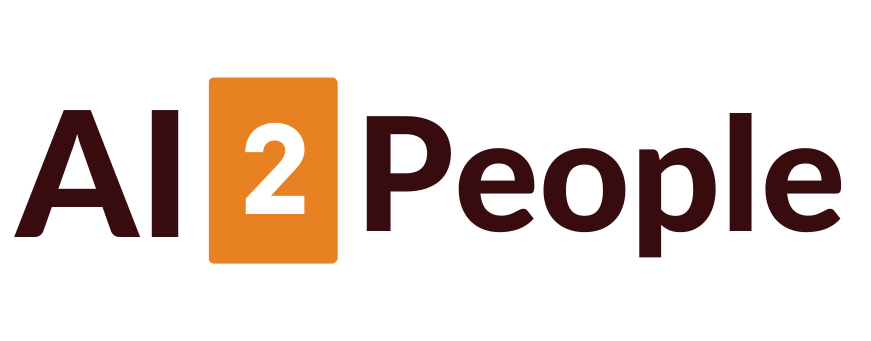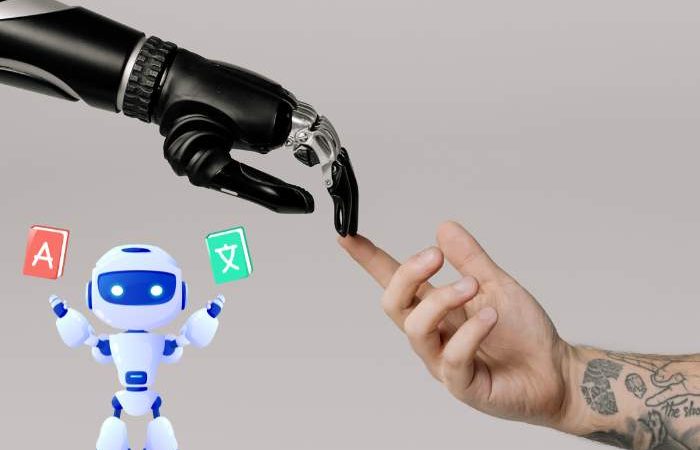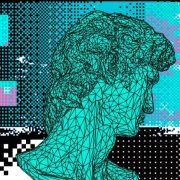
Convolutional Neural Networks (CNNs) Explained
In the realm of artificial intelligence and machine learning, Convolutional Neural Networks (CNNs) have emerged as a powerful tool for image recognition, processing, and classification. Their unique architecture and ability to learn spatial hierarchies make them particularly effective for tasks involving visual data. In this blog post, we will delve into the intricacies of CNNs, their components, and their applications.
What are Convolutional Neural Networks?
Convolutional Neural Networks (CNNs) are a class of deep neural networks that are particularly well-suited for analyzing visual imagery. Inspired by the visual cortex of animals, CNNs are designed to automatically and adaptively learn spatial hierarchies of features from input images.
Key Components of CNNs
- Convolutional Layers: The heart of a CNN, these layers apply a convolution operation to the input, passing the result to the next layer. Each convolutional layer typically consists of multiple filters (or kernels) that extract different features from the input image, such as edges, textures, or patterns.
- Pooling Layers: Also known as subsampling or down-sampling layers, pooling layers reduce the dimensionality of each feature map while retaining the most important information. This helps to decrease computational load and reduce the risk of overfitting. Common types of pooling include max pooling and average pooling.
- Activation Functions: Activation functions introduce non-linearities into the network, enabling it to learn complex patterns. The most commonly used activation function in CNNs is the Rectified Linear Unit (ReLU), which activates a neuron if the input is above a certain threshold.
- Fully Connected Layers: These layers are similar to traditional neural networks, where each neuron is connected to every neuron in the previous layer. Fully connected layers integrate the features extracted by the convolutional layers to produce the final output, such as classification scores.
- Dropout: Dropout is a regularization technique where a fraction of neurons is randomly turned off during training to prevent overfitting and improve generalization.
How CNNs Work
- Input Layer: The process begins with an input image, typically represented as a matrix of pixel values.
- Convolutional Operations: Filters slide over the input image, performing element-wise multiplications and summing the results to produce feature maps.
- Non-Linearity: The feature maps are passed through an activation function like ReLU to introduce non-linearity.
- Pooling: Pooling operations reduce the dimensionality of the feature maps.
- Stacking Layers: The process of convolution, activation, and pooling is repeated multiple times, allowing the network to learn increasingly abstract and complex features.
- Classification: The final fully connected layers take the high-level features and classify the input image into one of the predefined categories.
Applications of CNNs
CNNs have revolutionized various fields by providing state-of-the-art performance in image-related tasks. Some notable applications include:
- Image Classification: Identifying objects within an image.
- Object Detection: Locating and classifying multiple objects within an image.
- Segmentation: Partitioning an image into distinct regions.
- Face Recognition: Identifying individuals based on facial features.
- Medical Imaging: Detecting anomalies in X-rays, MRIs, and other medical images.
CNNs in AI Undresser Apps
One of the controversial and ethically challenging applications of CNNs is their use in AI undresser apps. These applications claim to use deep learning models to remove clothing from images of people, generating a realistic representation of the person without clothes. Here’s how CNNs are typically employed in these apps:
Workflow of AI Undresser Apps
- Image Input: The user provides an image of a person.
- Preprocessing: The image is preprocessed to standardize input dimensions and enhance relevant features.
- Feature Extraction: CNNs are used to extract detailed features from the image. These features may include the contours of the body, skin texture, and the shape of the clothing.
- Segmentation: The CNN segments the image into different regions, distinguishing between clothing and the underlying body.
- Image Generation: Using techniques like Generative Adversarial Networks (GANs), the app generates a new image by blending the extracted features of the body with synthesized textures and patterns, creating the appearance of nudity.
Ethical and Legal Implications
The use of CNNs in AI undresser apps raises significant ethical and legal concerns:
- Privacy Violations: These apps can be used to create non-consensual explicit images, leading to severe privacy breaches.
- Misuse and Abuse: The potential for misuse is high, including cyberbullying, harassment, and blackmail.
- Legal Challenges: Many jurisdictions may have laws against the creation and distribution of explicit manipulated images, potentially resulting in legal action against developers and users of such apps.
Mitigating the Risks
To address these concerns, it is crucial to:
- Promote Ethical AI: Developers should adhere to ethical guidelines and consider the societal impact of their applications.
- Implement Safeguards: Technologies should include robust safeguards to prevent misuse, such as requiring explicit consent and verification mechanisms.
- Raise Awareness: Educating the public about the potential dangers and legal implications of using such apps is essential.
Conclusion
Convolutional Neural Networks have transformed the field of image processing, enabling remarkable advancements in various applications. However, their use in AI undresser apps highlights the need for responsible development and deployment of AI technologies. As we continue to explore the potential of CNNs, it is imperative to balance innovation with ethical considerations to ensure that these powerful tools are used for the betterment of society.





















